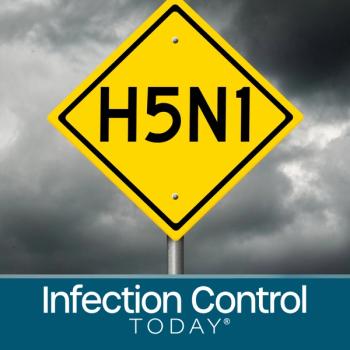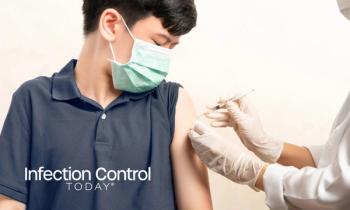
COVID-19 Complicates Exposure Review for Infection Preventionists
Exposure work-ups often involve tracing the movement of the patient and identifying staff who might have been exposed. But with COVID-19 is that feasible?
Infection preventionists (IPs) and other healthcare workers exposed to COVID-19 should be monitored like they've been exposed to tuberculosis or meningitis, according to the US Centers for Disease Control and Prevention (CDC), but the difficult-to-pin-down epidemiological nature of COVID-19 and its quick spread presents hurdles for doing so. Since exposure reviews can be quite time intensive, they will require a collaborative effort with leadership and staff, and if possible, perhaps a light-duty healthcare worker can assist in the identification and notification of staff. Such efforts are critical though, to help reduce the spread of transmission not only in the community, but also in healthcare.
Risk categories can be found
Exposure work-ups often involve tracing the movement of the patient and identifying staff who might have been exposed. Quick response is key, as often there’s a short window of opportunity in which to perform prophylaxis for healthcare workers who’ve been exposed.It’s important to determine which staff meet that higher risk category due to a lack of PPE and prolonged, close contact with a COVID-19 patient.
Now is likely the time for infection prevention programs to establish a process. Perhaps a larger notification process with generalized verbiage notifying those staff in the areas of care (or interaction with the patient) that a positive patient was identified and to report any signs of illness within 14 days? What about quarantine for those staff who had a high-risk exposure, such as unprotected for an extended period of time? The CDC
· Being within approximately 6 feet (2 meters) of a person with COVID-19 for a prolonged period of time (such as caring for, or visiting, the patient; or sitting within 6 feet of the patient in a healthcare waiting area or room).
· Having unprotected direct contact with infectious secretions or excretions of the patient (e.g., being coughed on, touching used tissues with a bare hand).Moreover, it is important to define exposure risk to determine if staff will be required to quarantine at home for the incubation period.
Guidance from many health departments has stated that COVID-19 exposures may no longer need review as cases increase and the burden becomes too much. The thought is that healthcare workers will increasingly have the potential for community exposure and general risk is now anticipated. This is challenging though, as the ethical aspects of infection prevention push us to notify staff and ensure they are aware of any potential exposure, even if low risk.
Newsletter
Stay prepared and protected with Infection Control Today's newsletter, delivering essential updates, best practices, and expert insights for infection preventionists.






